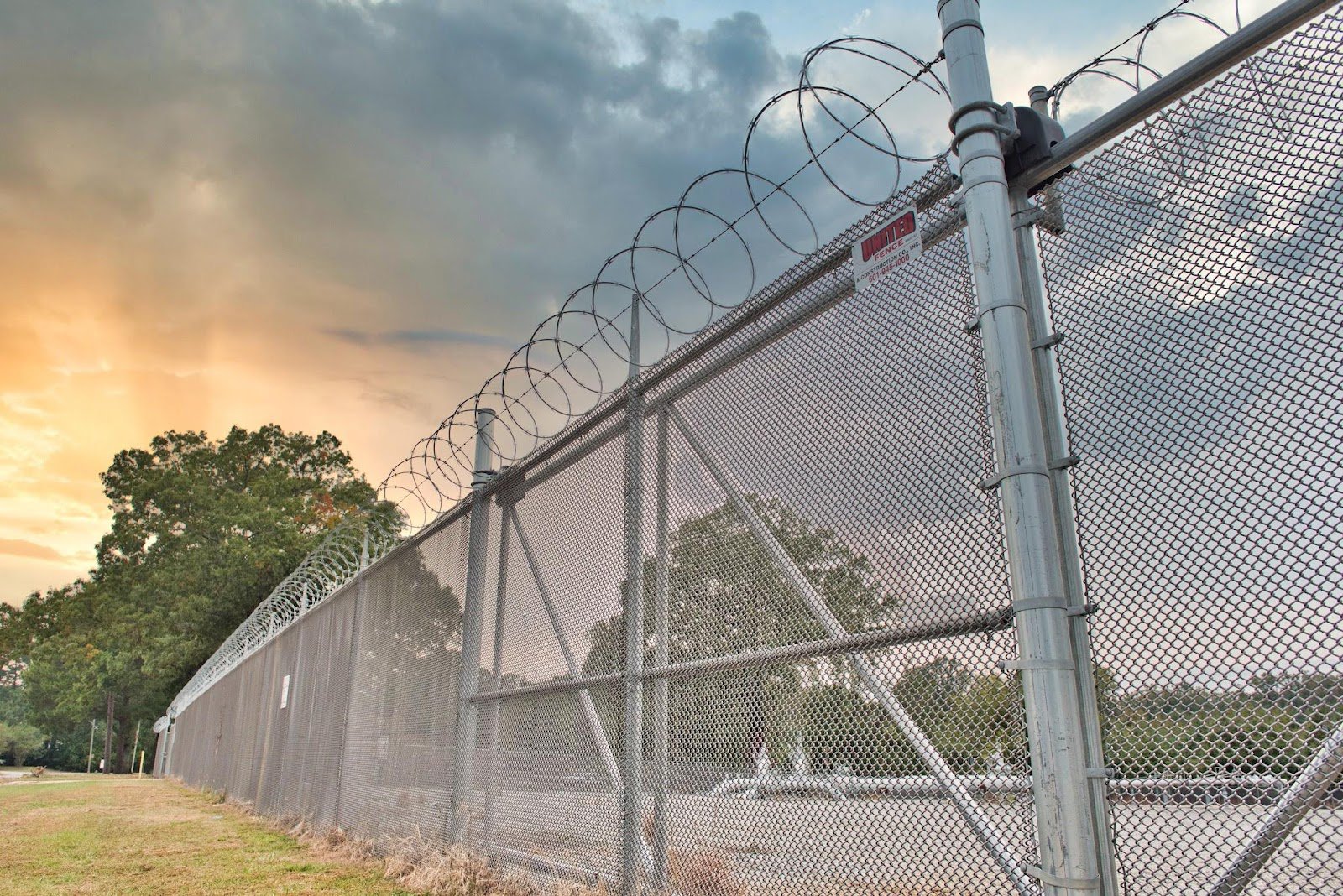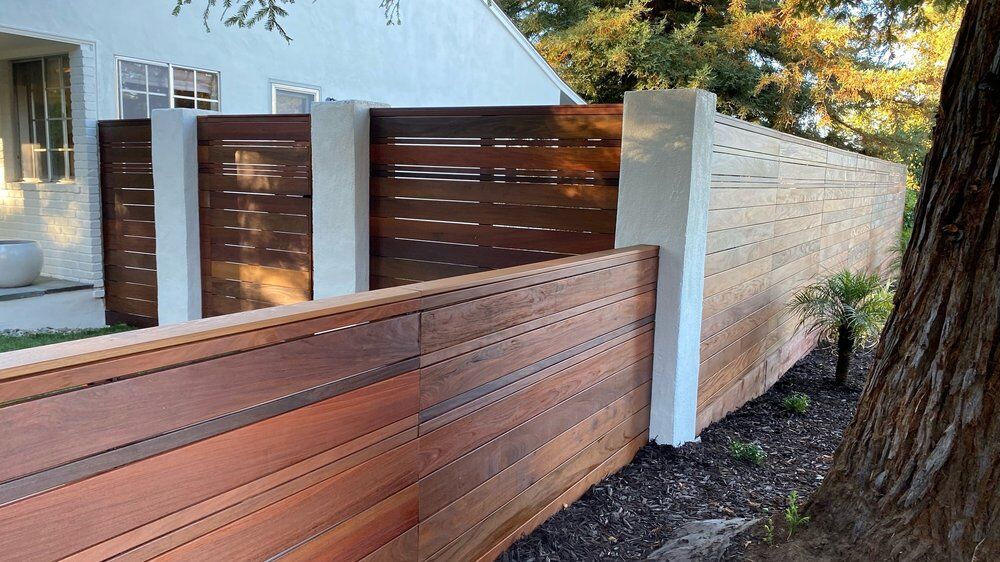All Categories
Featured
When it concerns preserving a wooden fence, property owners commonly encounter the choice of whether to paint or tarnish. Both choices have their pros and disadvantages, and the selection ultimately depends on your aesthetic choices, the sort of timber, and just how much upkeep you're ready to commit to. Here's a thorough contrast to aid you make a notified decision.
The Essentials of Paint and Staining
Painting entails covering the wood with an opaque layer of shade. It gives total insurance coverage, hiding the timber grain while offering excellent protection against ecological elements.
Staining permeates the wood, improving its natural appeal while including a protective layer. Relying on the type, spots can vary from clear to strong, allowing varying levels of wood grain visibility.
Advantages And Disadvantages of Paint
Pros:
Variety of Colors: Repaint offers countless color options, enabling you to match your fencing to your home's exterior or individual style.
Longer Lasting: Premium exterior paint can last up to 5-7 years, needing less regular reapplication.
Superior Defense: Repaint kinds a thick, solid barrier against dampness, UV rays, and bugs.
Cons:
Breaking and peeling off: Gradually, paint can peel or break, especially in locations with severe weather.
Hides Natural Wood Appeal: If you love the all-natural grain of timber, paint might not be the very best option.
Greater Upkeep: Repainting needs scratching off the old paint, which can be labor-intensive.
![]()
Advantages And Disadvantages of Discoloration
Pros:
Natural Appearance: Discolorations protect and boost the all-natural elegance of the wood, making it perfect for top notch timber like cedar or redwood.
Much Easier to Reapply: Unlike paint, discolorations do not fracture or peel off. Reapplying tarnish generally calls for less surface preparation.
Adaptable Finish Choices: Discolorations can be found in transparent, semi-transparent, and solid varieties, supplying different levels of protection.
Disadvantages:
![]()
Much Shorter Life-span: Discolorations, particularly transparent and semi-transparent ones, might need reapplication every 2-3 years.
Limited Color Alternatives: While discolorations use natural tones, they do not have the wide shade scheme available with paint.
Much Less Protective: Stains pass through the wood but do not provide as thick a barrier as paint, making them a little much less safety against severe climate.
Factors to Take Into Consideration
Aesthetic Preferences: If you desire dynamic shades and full protection, paint is the way to go. For a natural and rustic appearance, choose tarnish.
Wood Type: Top notch timbers with attractive grains benefit from staining, while lower-grade timbers can be repainted for a polished appearance.
![]()
Environment: In moist or damp climates, paint's thicker barrier may offer better defense. In dry or moderate climates, discolorations can be adequate.
Upkeep Commitment: Paint includes less frequent reapplication yet even more effort during touch-ups. Discoloration requires regular upkeep yet is much easier to take care of.
Last Ideas
Both painting and discoloration can efficiently protect and improve your wooden fence. The very best alternative depends on your concerns, whether they lean towards looks, resilience, or convenience of upkeep. By recognizing the benefits and drawbacks of each, you can pick the coating that straightens with your needs and ensures your fence continues to be a standout attribute of your residential or commercial property for many years ahead.
The Essentials of Paint and Staining
Painting entails covering the wood with an opaque layer of shade. It gives total insurance coverage, hiding the timber grain while offering excellent protection against ecological elements.
Staining permeates the wood, improving its natural appeal while including a protective layer. Relying on the type, spots can vary from clear to strong, allowing varying levels of wood grain visibility.
Advantages And Disadvantages of Paint
Pros:
Variety of Colors: Repaint offers countless color options, enabling you to match your fencing to your home's exterior or individual style.
Longer Lasting: Premium exterior paint can last up to 5-7 years, needing less regular reapplication.
Superior Defense: Repaint kinds a thick, solid barrier against dampness, UV rays, and bugs.
Cons:
Breaking and peeling off: Gradually, paint can peel or break, especially in locations with severe weather.
Hides Natural Wood Appeal: If you love the all-natural grain of timber, paint might not be the very best option.
Greater Upkeep: Repainting needs scratching off the old paint, which can be labor-intensive.

Advantages And Disadvantages of Discoloration
Pros:
Natural Appearance: Discolorations protect and boost the all-natural elegance of the wood, making it perfect for top notch timber like cedar or redwood.
Much Easier to Reapply: Unlike paint, discolorations do not fracture or peel off. Reapplying tarnish generally calls for less surface preparation.
Adaptable Finish Choices: Discolorations can be found in transparent, semi-transparent, and solid varieties, supplying different levels of protection.
Disadvantages:

Much Shorter Life-span: Discolorations, particularly transparent and semi-transparent ones, might need reapplication every 2-3 years.
Limited Color Alternatives: While discolorations use natural tones, they do not have the wide shade scheme available with paint.
Much Less Protective: Stains pass through the wood but do not provide as thick a barrier as paint, making them a little much less safety against severe climate.
Factors to Take Into Consideration
Aesthetic Preferences: If you desire dynamic shades and full protection, paint is the way to go. For a natural and rustic appearance, choose tarnish.
Wood Type: Top notch timbers with attractive grains benefit from staining, while lower-grade timbers can be repainted for a polished appearance.

Environment: In moist or damp climates, paint's thicker barrier may offer better defense. In dry or moderate climates, discolorations can be adequate.
Upkeep Commitment: Paint includes less frequent reapplication yet even more effort during touch-ups. Discoloration requires regular upkeep yet is much easier to take care of.
Last Ideas
Both painting and discoloration can efficiently protect and improve your wooden fence. The very best alternative depends on your concerns, whether they lean towards looks, resilience, or convenience of upkeep. By recognizing the benefits and drawbacks of each, you can pick the coating that straightens with your needs and ensures your fence continues to be a standout attribute of your residential or commercial property for many years ahead.
Latest Posts
Fanatics Sportsbook: The Ultimate Sports Betting Experience
Published Apr 19, 25
1 min read
Laminate Floor Covering: Design Fulfills Longevity at Carpet Interiors Floor & Home
Published Apr 18, 25
2 min read
Discover the Perfect Floor Tile Flooring at Carpet Interiors Floor & Home
Published Apr 18, 25
1 min read
More
Latest Posts
Fanatics Sportsbook: The Ultimate Sports Betting Experience
Published Apr 19, 25
1 min read
Laminate Floor Covering: Design Fulfills Longevity at Carpet Interiors Floor & Home
Published Apr 18, 25
2 min read
Discover the Perfect Floor Tile Flooring at Carpet Interiors Floor & Home
Published Apr 18, 25
1 min read